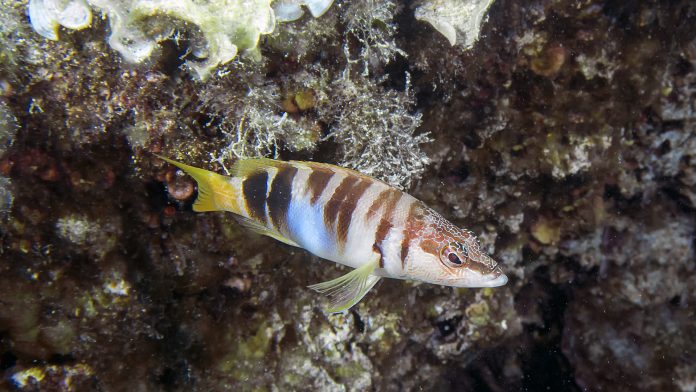New research suggests that marine protected areas can potentially be effective at mitigating the effects of climate change.
A comprehensive literature review of more than 20,000 publications analysing hundreds of marine protected areas concluded that marine conservation could help to sequester carbon and encourage ecological and social adaptation to climate change.
The researchers explained: “Marine protected areas are increasingly being promoted as an ocean-based climate solution. Yet such claims remain controversial due to the diffuse and poorly synthesised literature on the climate benefits of marine protected areas.
“To address this knowledge gap, we conducted a systematic literature review of 22,403 publications spanning 241 marine protected areas.”
The review, titled ‘Ocean conservation boosts climate change mitigation and adaptation’, is published in the journal One Earth.
What are marine protected areas?
Marine protected areas act as a safeguard for oceans, seas, and estuaries, aiding in preserving the plants and animals that are native to these waters. In the UK, there are several types of these protected environments. They include:
- Specific Areas of Conservation (SACs) that are designated to protect habitats and species of European importance;
- Special Protected Areas (SPAs) are classified to protect bird species of European importance and regularly occurring migratory birds;
- Marine Conservation Zones (MCZs)and Nature Conservation Marine Protected Areas that protect nationally important species and features of geological and geomorphological importance;
- Sites of Special Scientific Interest (SSSIs) / Areas of Special Scientific Interest (ASSIs) that safeguard areas of special interest for flora, fauna, geological or physiographical features; and
- Ramsar sites that protect wetlands of international importance designated under the Ramsar Convention.
Researchers now believe that the benefits of these areas extend far beyond their boundaries.
How marine environments can inhibit climate change
The researchers discovered that carbon sequestration in marine protected areas increased significantly in seagrass environments, mangroves, and locations where sediment was not trawled.
They explained: “Partial or full degradation of mangroves and seagrass both resulted in similar decreases of sequestered carbon, indicating that even low levels of human impact result in important carbon emissions.”
Moreover, the preserved areas were also more biodiverse, had increased species richness, and also demonstrated benefits for humans. The areas had more robust food security and fish stocks in their surrounding areas of water increased as well. The team explained that mitigation and adaptation benefits in these areas were only achieved due to high levels of protection, and that benefits increase the longer the duration of the protection.
The researchers concluded: “Across all four pathways analysed, only full and high levels of protection resulted in mitigation or adaptation benefits. In contrast, low levels of protection generated no benefits. Furthermore, increases in species richness and in fishers’ income only occurred for fully protected areas, where no fishing is allowed.”





